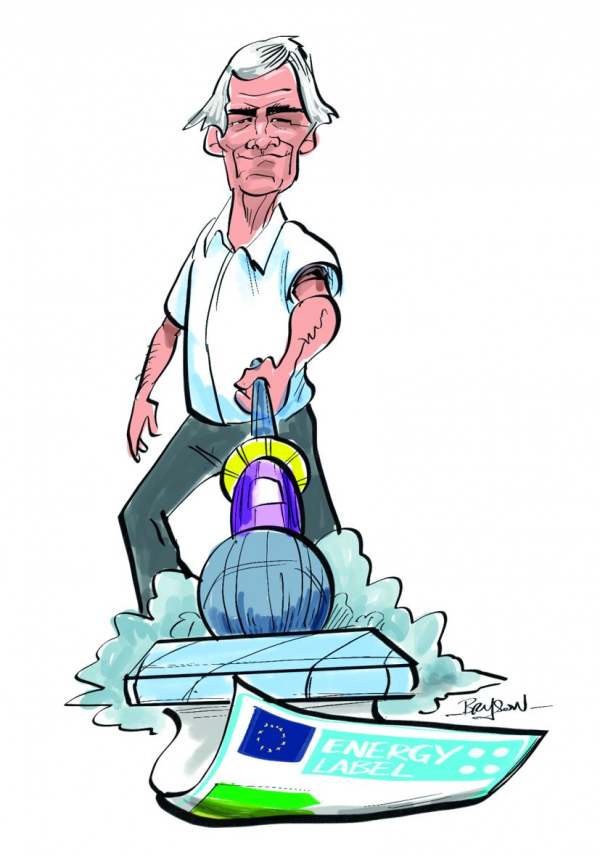Vacuum cleaners come in all shapes and sizes: corded and cordless; bagged and bagless; stick, upright, cylinder and handheld. This guide looks at the makers of all these different types and what the issues are when it comes to deciding what to buy.
Unfortunately for eco-conscious or ethical consumers, following a court case by Dyson, there are no energy labels on vacuum cleaners. This can make it harder to assess the energy efficiency of different models.
We also look at manual cleaners and the role they can play in a lower carbon life. These have been made since the 1880s - could they make a come-back as people seek more environmentally-friendly alternatives?






